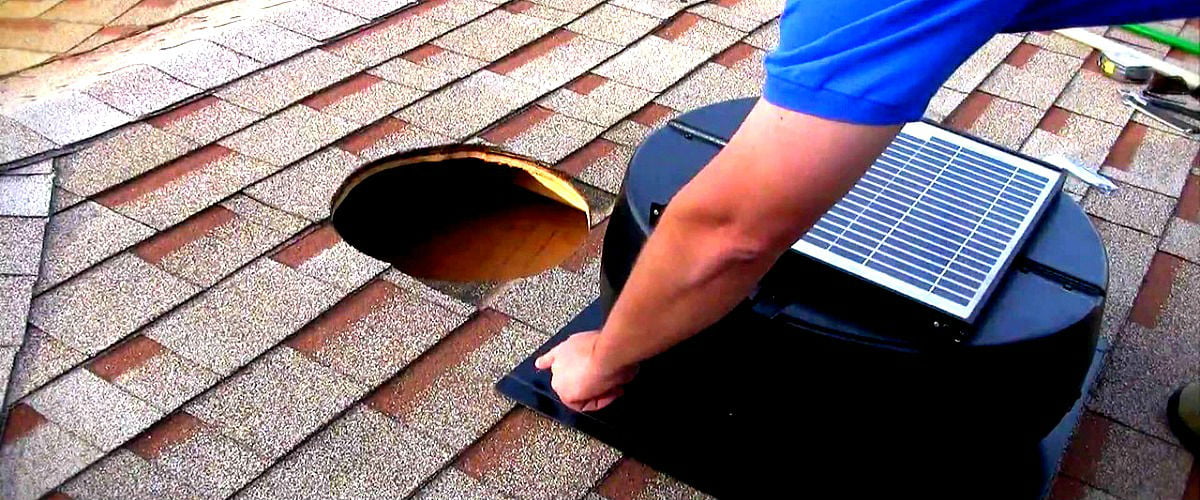Why Ventilate
While we spend so much of our time ensuring that are homes are sealed against the elements and every space and crevice is insulated to keep mother nature from seeping in–and our heat or air conditioning from seeping out, it is very important to make sure your house is properly ventilated.
While older homes seldom face this dilemma, modern home construction utilizes techniques that have greatly reduced, and in some instances almost eliminated, the stereotypical “drafty” house.
But sealed houses have issues that must be addressed, such as: increased humidity, mold, condensation, chemical off-gassing and even issues that may not be immediately noticeable, such as dangerous levels of formaldehyde, or increased counts of carbon monoxide or radon that can be deadly.
And as we spend more time in our homes than ever before, a properly ventilated house is paramount for the homeowner.
So, as both a homeowner and a home builder, what do we recommend you do to properly ventilate your home and keep your family safe?
Types of Ventilation
Essentially, there are, according to the U.S. Department of Energy, three types of ventilation: natural ventilation, spot ventilation and whole house ventilation.
Natural Ventilation
Natural ventilation is the uncontrolled movement of air throughout a home. In older homes, this natural movement was sufficient to ensure that particulates and dangerous levels of toxins were held in check. Today’s tighter homes greatly constrict this ventilation and therefore, it is not sufficient.
Spot Ventilation
Spot ventilation can greatly enhance a home’s natural ventilation, and includes the utilization of exhaust fans in both the kitchen and bathroom. These types of exhaust mechanisms can also be very effective at diminishing both particulates in the home, but also can greatly decrease damaging condensation.
Whole House Ventilation
Employing whole house ventilation systems are necessary in homes where even spot ventilation is not sufficient. These systems are responsible for exhausting old air and drawing in fresh air. Such systems can be very effective at keeping dangerous toxin levels very low, as well as ensuring that the home is dry and condensation is minimized.
Areas to Focus Upon
There are specific areas of your home that should be properly ventilated. Each has its own reason and we will explore those in upcoming posts.Stay tuned for posts on proper home ventilation entitled: “Critical: Why Keep Your Roof Ventilated,” and “Ventilate It: Keeping Mold and Dangerous Toxins Out of Your Home.”


